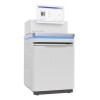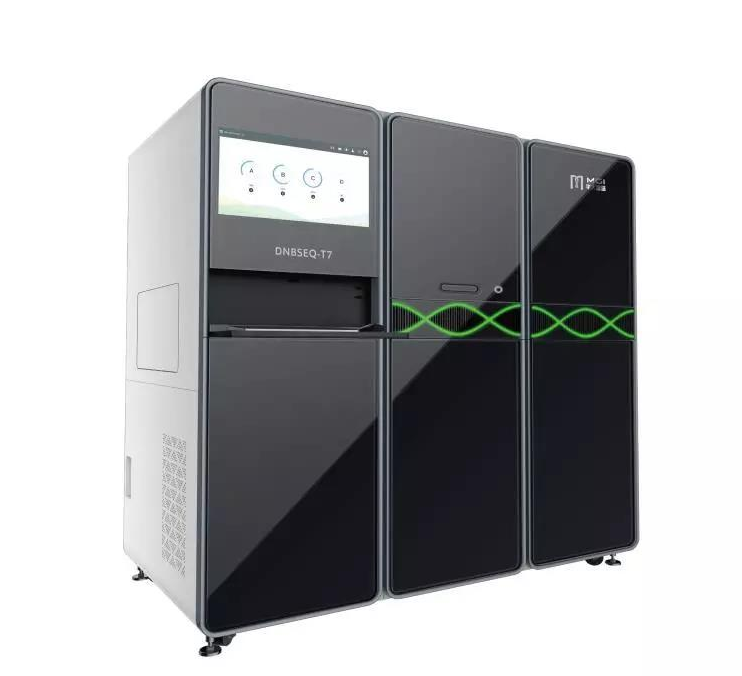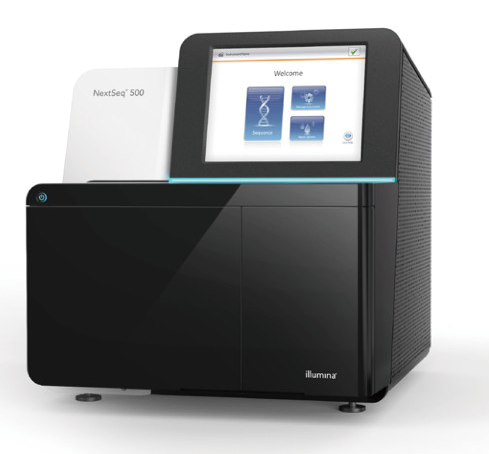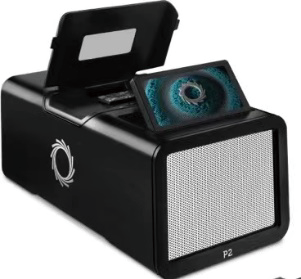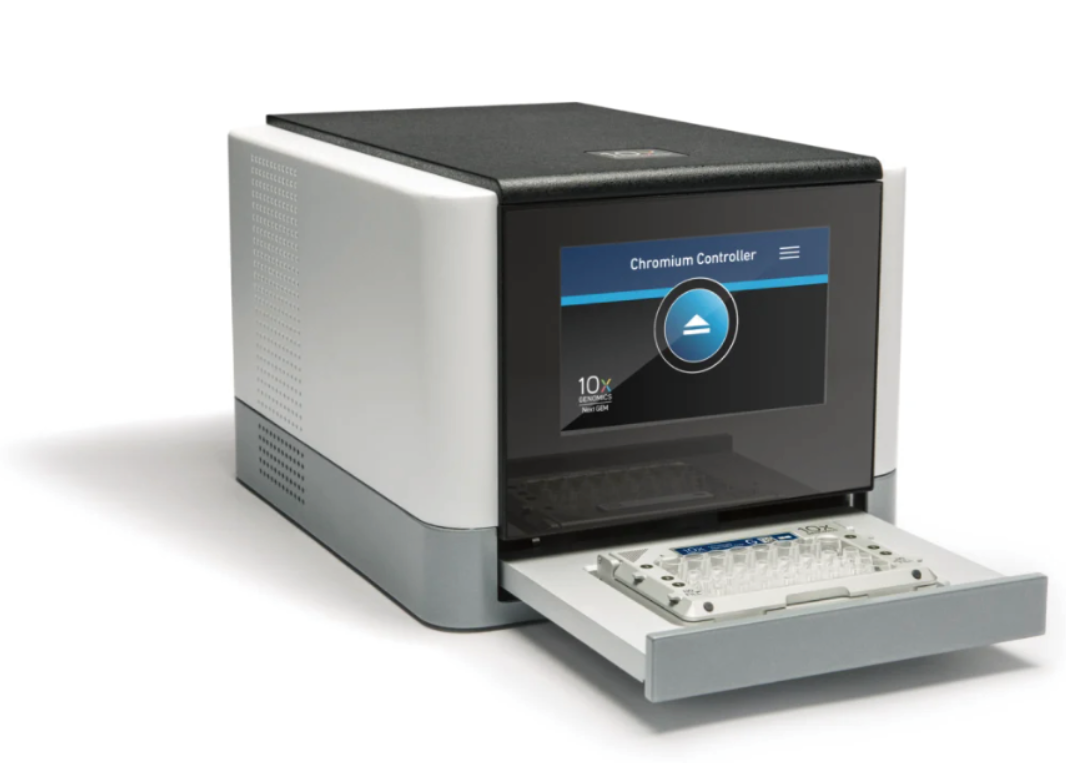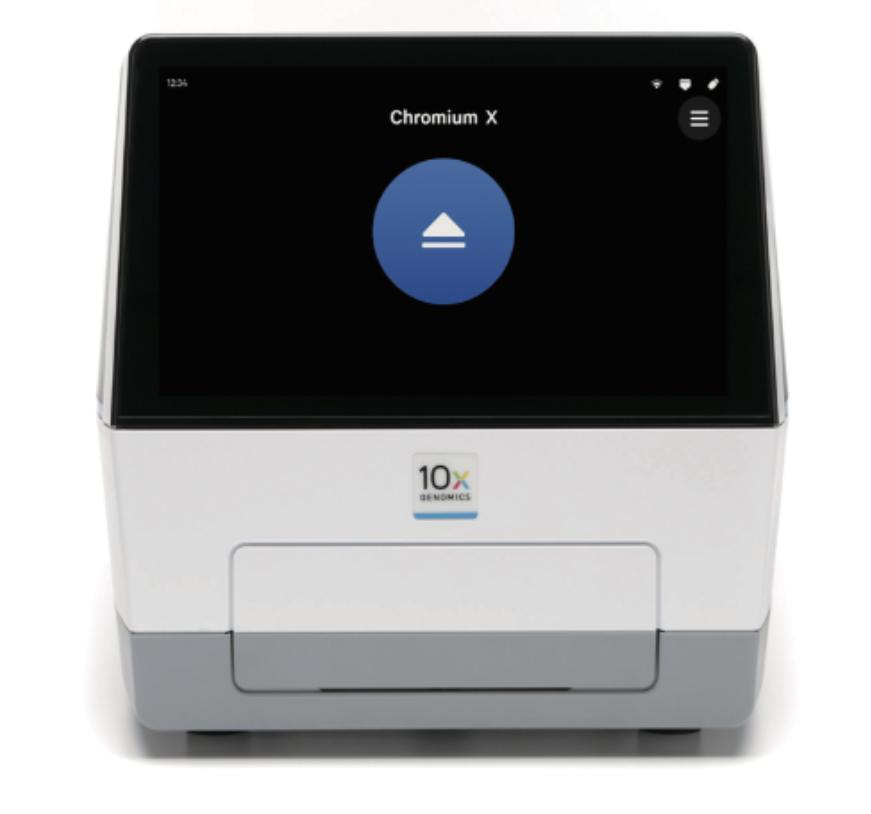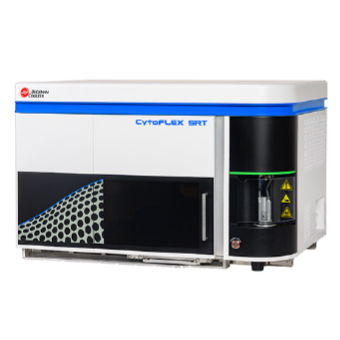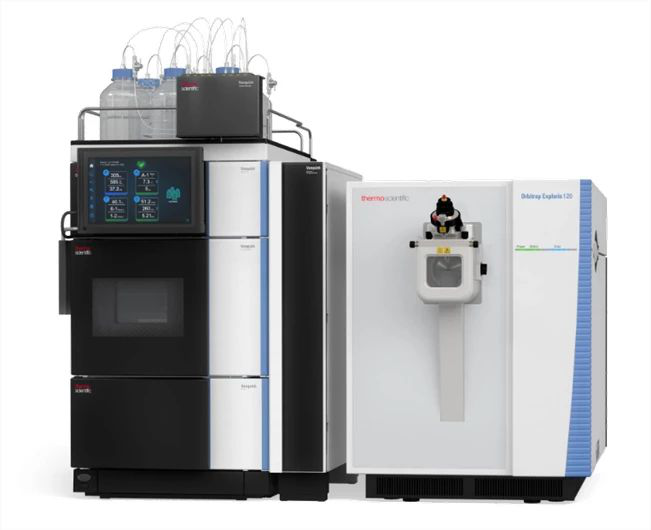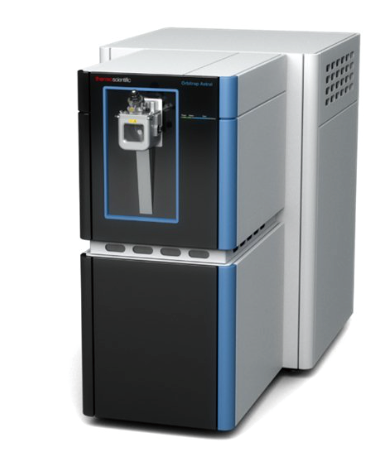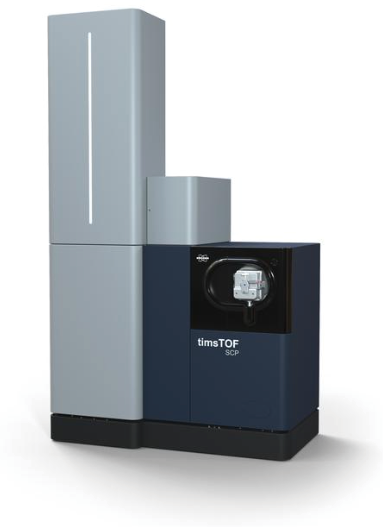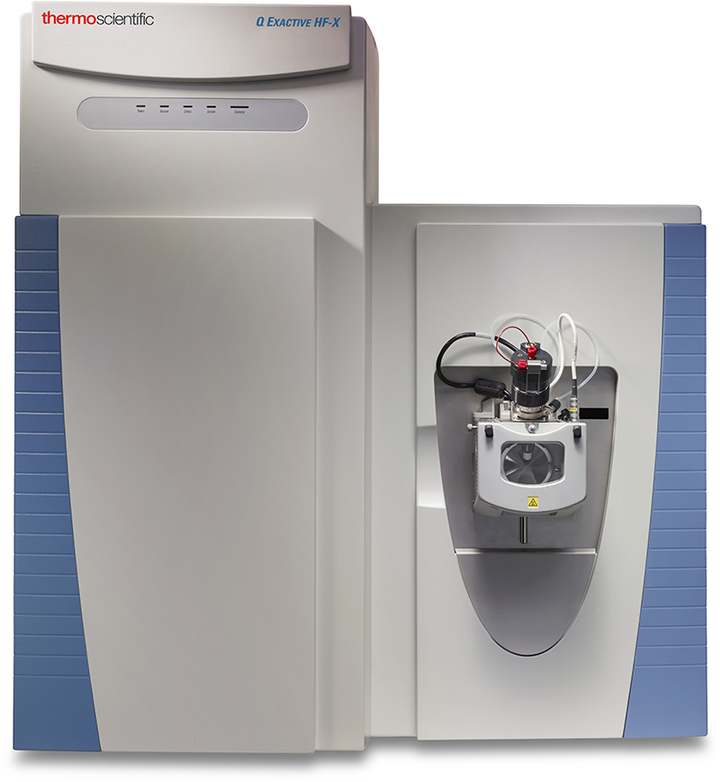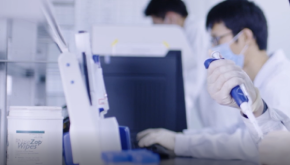RNA purification methods include organic solvent extraction + ethanol precipitation, silica gel membrane centrifugation column and so on. Because the silica gel membrane column can only enrich more than 200nt RNA molecules, it is not suitable for the separation and purification of small RNA. Although small RNA can be well preserved by organic solvent extraction, the later stage of precipitation is very complicated. Therefore, if small RNA sequencing is to be carried out, it is recommended not to use the column kit or the LiCl precipitation method when extracting total RNA to avoid the loss of small RNA fragments.



